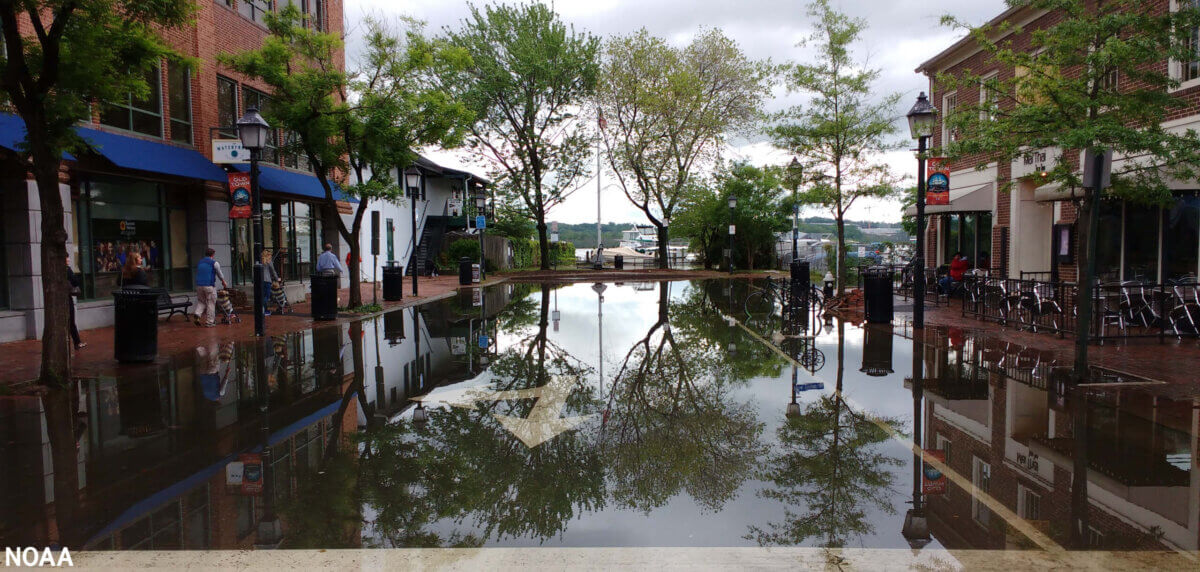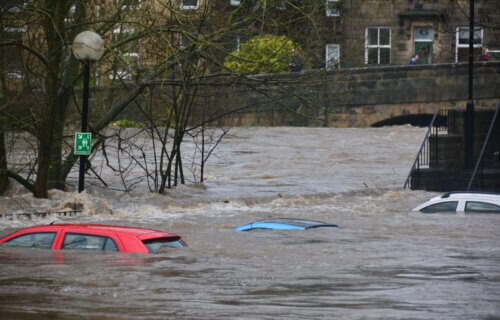HUNTSVILLE, Ala. — Extreme floods that should happen once every century could become a yearly event due to climate change. A recent study reveals that most coastal communities around the world will experience 100-year floods annually by the end of the year 2100, even under scenarios with moderate carbon dioxide emissions. University of Alabama researchers predict that regions globally could face 100-year floods every nine to 15 years on average as early as 2050.
A 100-year flood is a severe water-level event with a one-percent chance of happening in any given year. However, the study suggests that historical flood data will no longer accurately predict future flooding trends due to climate change. Rising sea levels resulting from global warming are expected to significantly impact coastal areas, bringing water closer to the shore and increasing the likelihood of storm surges, tides, and waves affecting communities.
“The threshold that we expect to be exceeded once every hundred years on average is going to be exceeded much more frequently in a warmer climate until they are no longer considered 100-year events,” says Hamed Moftakhari, a civil engineer and professor at the University of Alabama who supervised the project, in a media release.

The study used data from over 300 tide gauges worldwide to analyze trends and estimate future extreme sea levels under two different carbon emission scenarios outlined by the International Panel on Climate Change. Regardless of the emission scenario, the results indicate that sea-level rise will lead to an increase in 100-year flood events in most locations studied.
Moftakhari emphasizes the need for proactive strategies such as land planning, urban development, and coastal protective measures to mitigate floods and prevent disasters. To achieve this, realistic predictions of future coastal conditions are necessary.
The study also highlights the challenge faced by engineers designing structures such as sea dykes, seawalls, and breakwaters to protect communities from extreme floods.
“In stationarity, we assume that the patterns we have observed in the past are going to remain unchanged in the future, but there are a lot of factors under climate change that are modulating these patterns,” explains Moftakhari. “We can’t assume stationarity in coastal flooding anymore.”

While the average sea level is rising globally, the consequences vary across different regions. Higher latitudes may witness a drop in sea levels as ice sheets melt and the underlying land rises, whereas regions like the Gulf of Mexico experience faster-than-average sea-level rise due to gradual land sinking. Moftakhari stresses the importance of tailoring coastal defense solutions to local information and needs.
“We know that mean sea level is rising, the question is: how are we going to deal with it?” says Moftakhari. “We’ve already seen that many portions of the coast are permanently inundated and losing land, and many coastal cities and islands are experiencing flooding much more frequently than in the past — it’s time to learn how to deal with non-stationarity.”
Moftakhari remains optimistic and believes that with technological advancements and community resilience measures, coastal areas can effectively manage the rising risks associated with non-stationary flooding patterns caused by climate change.
“Don’t forget that this is all about the level of water that we expect to experience without mitigation measures,” he says. “There will be technological advancements that could enhance the resilience of communities.”
The study is published in the journal Earth’s Future.
You might also be interested in:
- Climate change, extreme weather linked to PTSD for the first time
- Are extreme weather events making severe skin diseases even worse?
- Hurricane season: U.S. Atlantic Coast faces growing threat of intensifying storms

